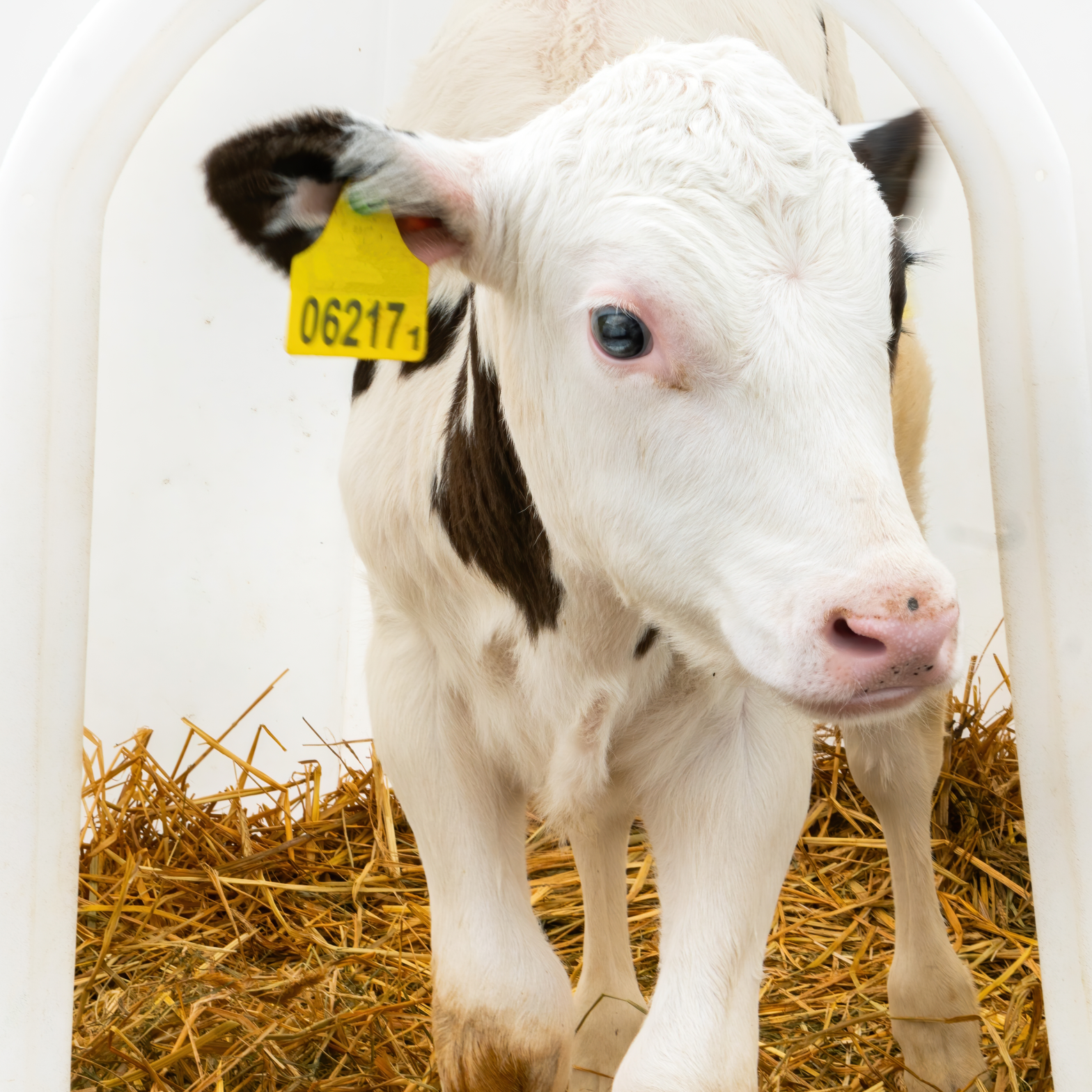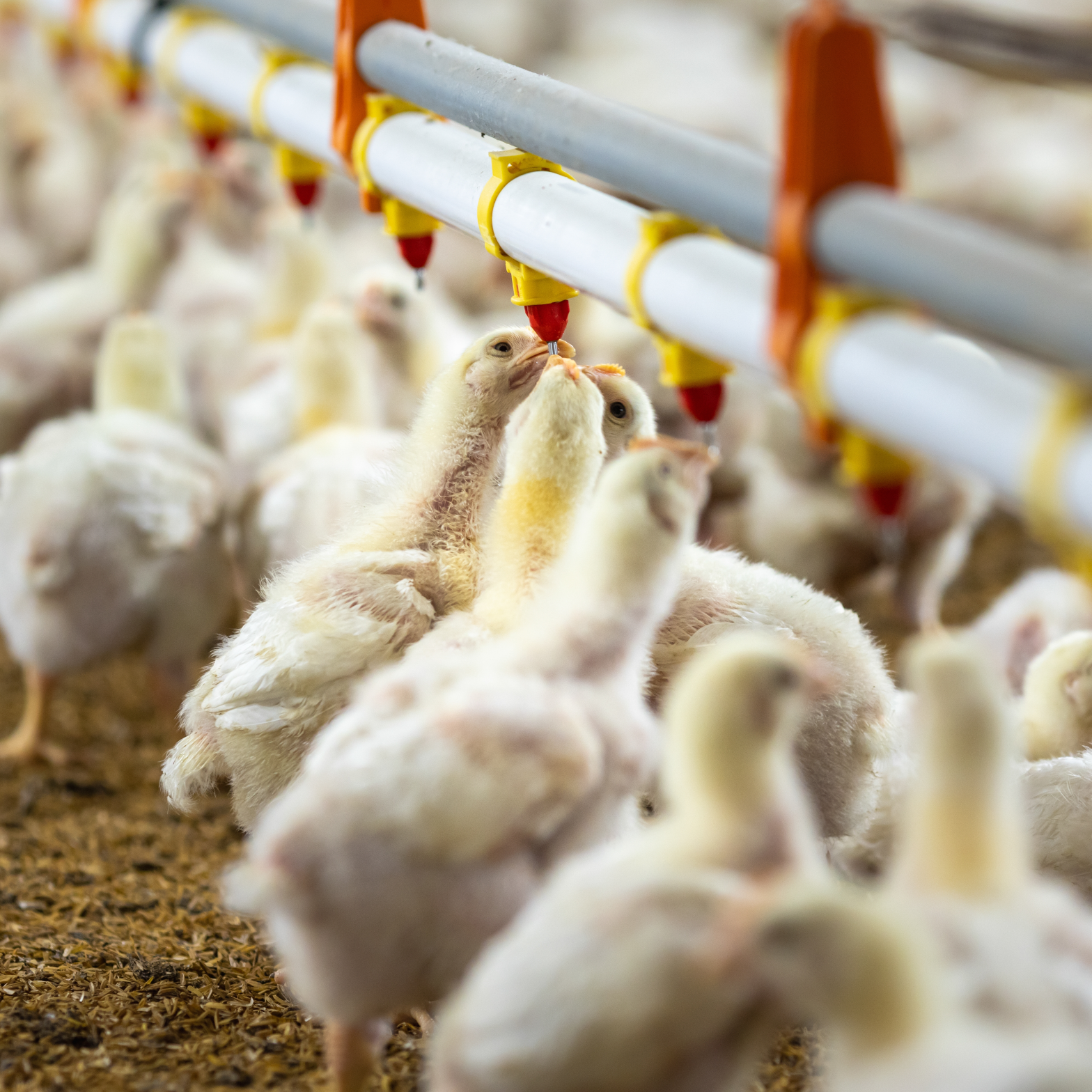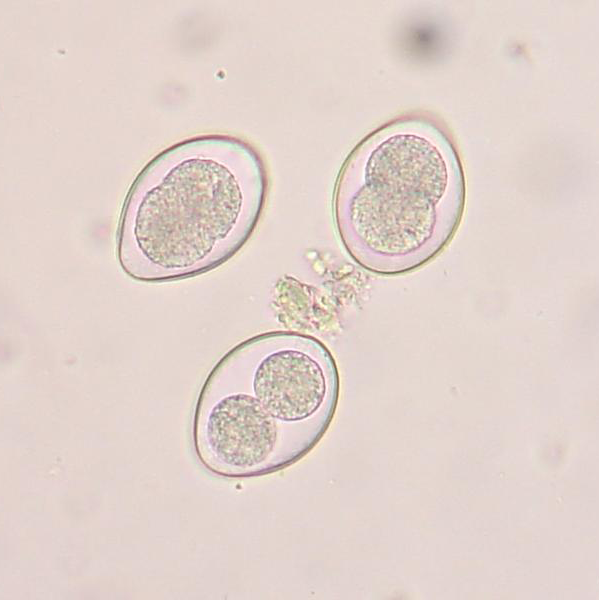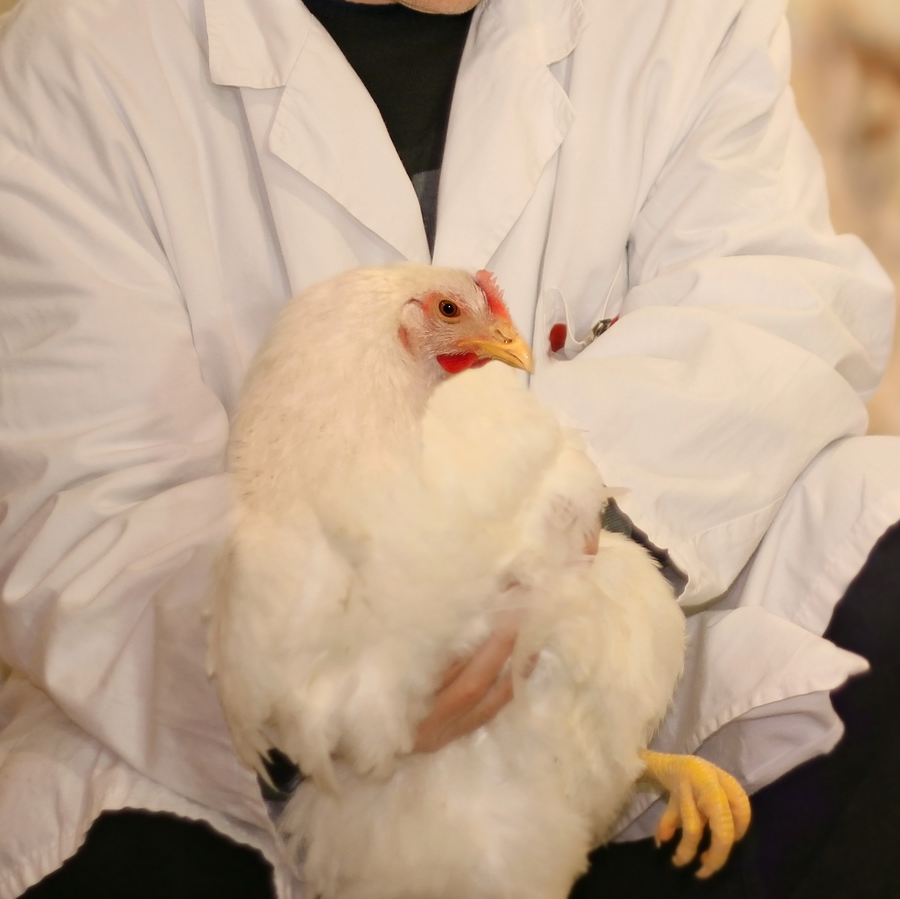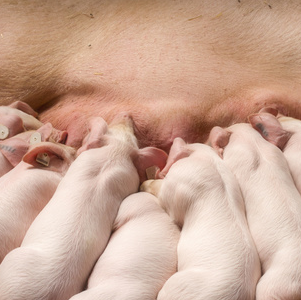Understanding cryptosporidiosis and its contamination in Calves Cryptosporidiosis is mainly caused by Cryptosporidium parvum, a protozoan parasite that predominantly affects the gastrointestinal tract of calves, leading to diarrhea. Transmission occurs via the fecal-oral route, through the ingestion of cryptosporidium oocysts contained in contaminated water, food, or by direct contact with infected animals. The parasite can survive …
Continue reading “The importance of preventing cryptosporidiosis in calves”


